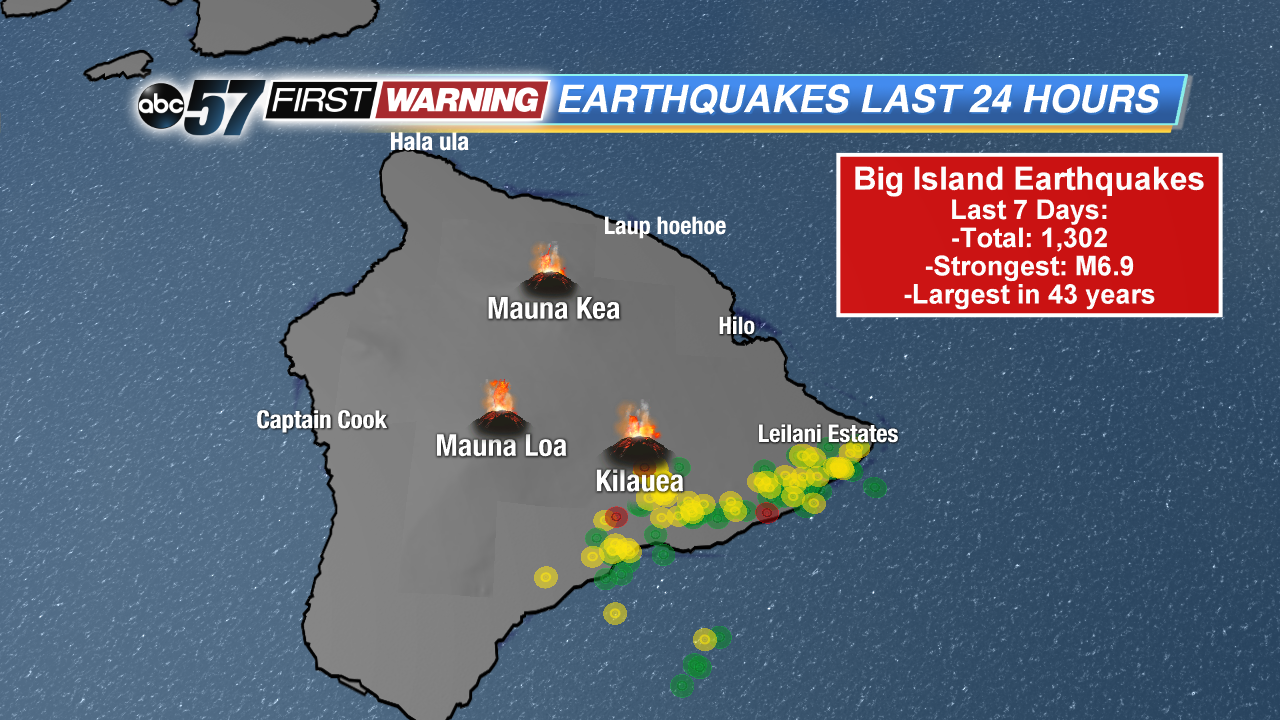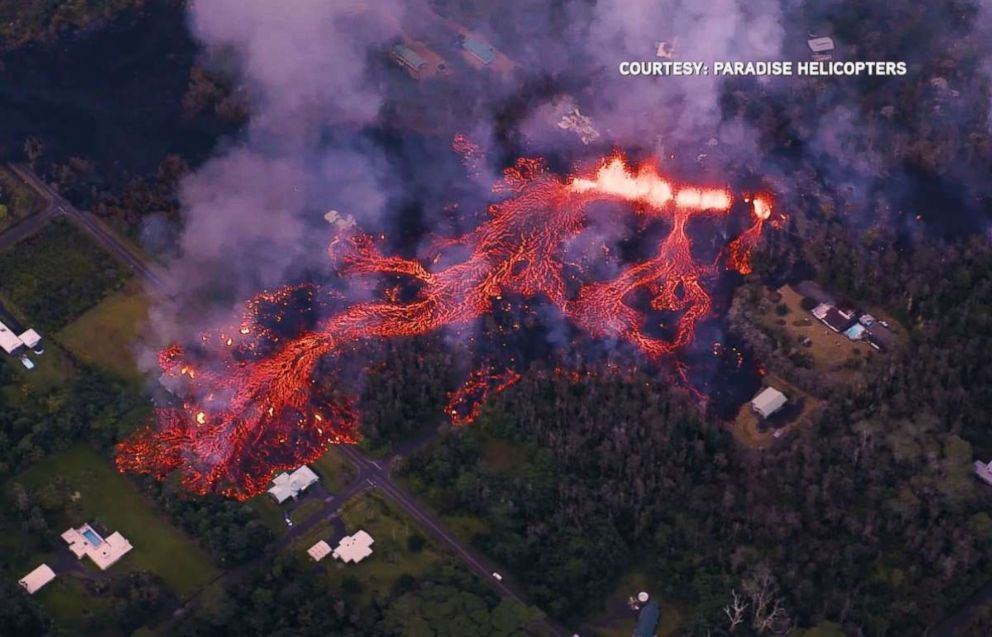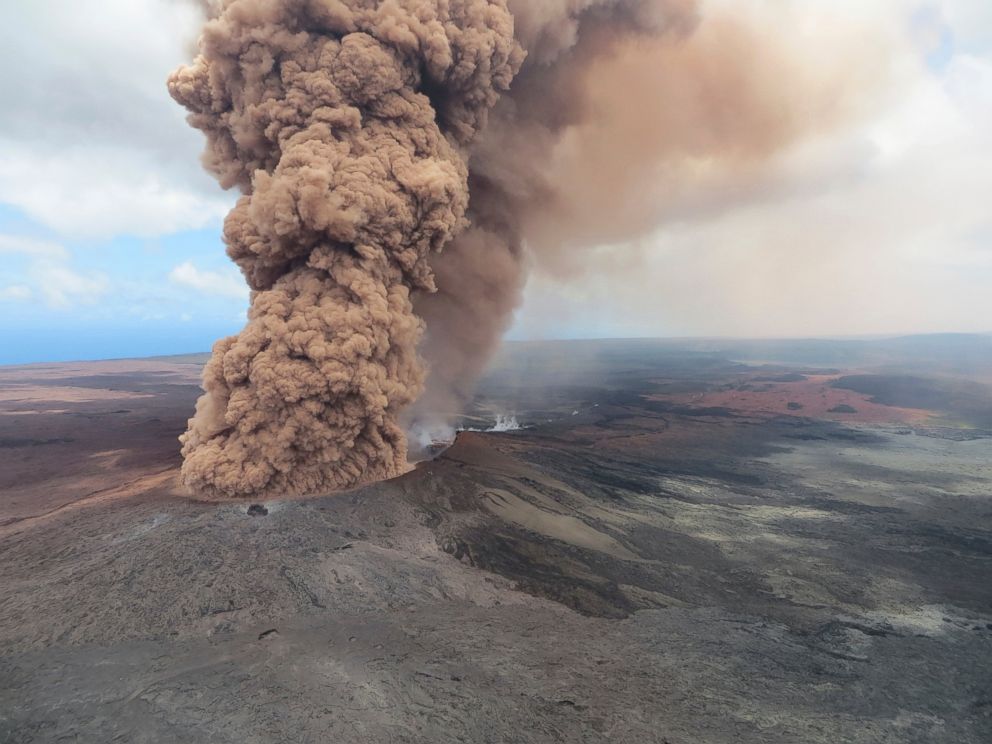Hawaii lava flows, earthquakes not letting up
Posted: May 7, 2018 12:07 PM EST
Hawaii's Big Island is continuing to see significant impacts from lava flows, toxic gases and earthquakes five days after the initial eruption of Kilauea last Thursday. Sunday saw activity spike once again with lava spewing 300 feet into the air. Multiple active vents and cracks in the ground to the east of the hyperactive Kilauea volcano have continued to emit dangerous steam, sulfur dioxide and lava. Many of the cracks have developed in and near residential areas like the Leilani Estates and Lanipuna Gardens neighborhoods.
Eruptions of lava from the vents and cracks in the ground have led to lava flows slowly moving through residential areas, including people's back yards and streets. As a result, nearly 2,000 residents have been evacuated. So far, 31 structures have been destroyed and that number could continue climbing.
There have also been hundreds of earthquakes to affect the Big Island in just the last seven days. Headlining those quakes was a massive magnitude-6.9 that rattled the eastern part of the island Friday. No considerable structure damage occurred, but landslides were seen near the coast. Despite the seismic activity being hyperactive, the biggest concern for residents and officials alike will continue to be the vents and fissures spewing lava and toxic gas into the air.
In addition to the already developed cracks and vents, new ones could still develop. There is no exact forecast or timetable pinpointing when the activity near Kilauea will calm. Magma exists in abundance beneath the surface of Hawaii, and it will continue to find a way to the surface due to the pressure gradient under ground. The severity of the situation could fluctuate in the coming days and even weeks, but Kilauea will continue to be active. The hope is that the vents and cracks near residential areas will calm soon.


















